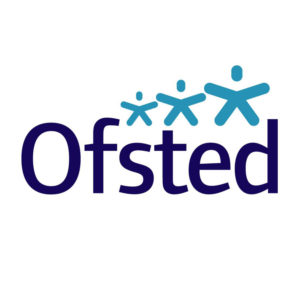Foster parents should always avoid touching or restraining a child in a way that others could interpret as sexually inappropriate conduct. However, positive touch is recognised as important and necessary and may be used for a variety of reasons:
Assisting Self-Care
Giving help with the permission of the child, parent and with the knowledge of the team, and documented in the Placement Plan and/or risk assessment.
Physical Affection
Touching is a powerful means of every day communication by physical means to indicate to a young person approval, affection or sympathy. Touching, such as a pat on the head or shoulder, holding a hand, or an arm around a shoulder are ways a foster parent can convey comfort or reinforce a positive relationship with a young person particularly in a time of stress. However, touching for some young people can be distressing. This should not inhibit a foster parent however from acting to save a young person from a fall, retrieving a young person from deep water or pulling away from dangerous machinery etc. Foster parents should also keep in mind their safe care strategies when using physical touch with young people and be mindful of the physical context of their actions.
Physical Proximity
Controlling a situation using your physical presence involving no actual contact, such as emphasising verbal instructions or sitting closely or temporarily blocking a doorway. You need to do this in a calm manner with explanation and negotiation, and never with aggression or intimidation where a child feels falsely imprisoned.
Touch Control
In general, when dealing with an aggressive child, any form of touch can be inflammatory as the child may perceive it to be an invasion of personal space and as such an aggressive act. However, it can be a great calmer for some children and through reassurance, reduce arousal levels.
The cupping of the hand, placed on the shoulder may support the child and enable you to guide them away from triggers. Only use this technique when you know that the child responds positively to such contact. Always approach defensively as the child may lash out and you will be more able to smother the arm and avoid injury.
Escorting
The method of supporting the movement of a child from a trigger or difficult situation using non -restrictive and/or restrictive physical interventions. In such circumstances, begin with a verbal request; consider a non-restrictive approach (hand on the shoulder/walk and talk technique, creating space, cupping the triceps for support). Remember if the arousal levels of the child are as low as to allow you to escort them there is likely to be little need for any real physical contact.
Breakaway
A foster parent removes himself or herself from the grasp or hold of a child and creates space, moves to a safe position or exits the situation.
Physical Intervention
Physical interventions involve the use of reasonable force to control a person’s behaviour, This can involve using bodily contact, mechanical devices or changes to a person’s environment. PRICE training includes acceptable use of physical interventions.
| Bodily Contact | Mechanical | Environmental Change | |
| Non-restrictive | Manual guidance to assist a person walking. | Use of protective helmet to prevent injury. | Removal of cause of distress e.g. adjusting noise, temperature |
| Restrictive | Holding a person’s hand to prevent them hitting someone. | Use of arm cuffs or splints to prevent self-injury. | Forcible seclusion or use of locked doors. |
DOH/DFES Joint Guidance on the use of restrictive Physical interventions (July 2002) distinguishes between planned and unplanned use of forces and that deployed in an emergency.
Planned Intervention
Children’s risk assessments, and individual Behaviour Support Plans, will detail pre-approved strategies and methods that foster parents can use when needed. The plan will identify specific physical intervention techniques to ensure consistency and safety across the team.
Emergency and Unplanned Interventions
There may be occasions when you need to use an approved physical intervention technique (in which you have been trained) in response to unforeseen events that have not been previously considered.
You should only use physical intervention in exceptional circumstances, where it is the only appropriate way to prevent injury to the child or other people, or serious damage to property. Government guidance says it should be used ‘in a manner consistent with the actions of any good parent’.
Physical intervention should be a last resort to prevent injury to people, or serious damage to property. The intervention should be the least intrusive necessary to protect the child, carer or others. Only use physical intervention if you are confident that you can manage the situation safely, without escalation or injury. You must notify ISP immediately afterwards.
ISP will try to avoid involving the police, who should only be involved in two circumstances:
- An emergency requires their immediate involvement to protect the child or others; or
- Following discussion with the supervising social worker, manager or the out-of-hours service
Notify ISP without delay in the event of a serious incident, or if the police are called. We will inform the child’s social worker and make a full report of the incident and actions taken.



